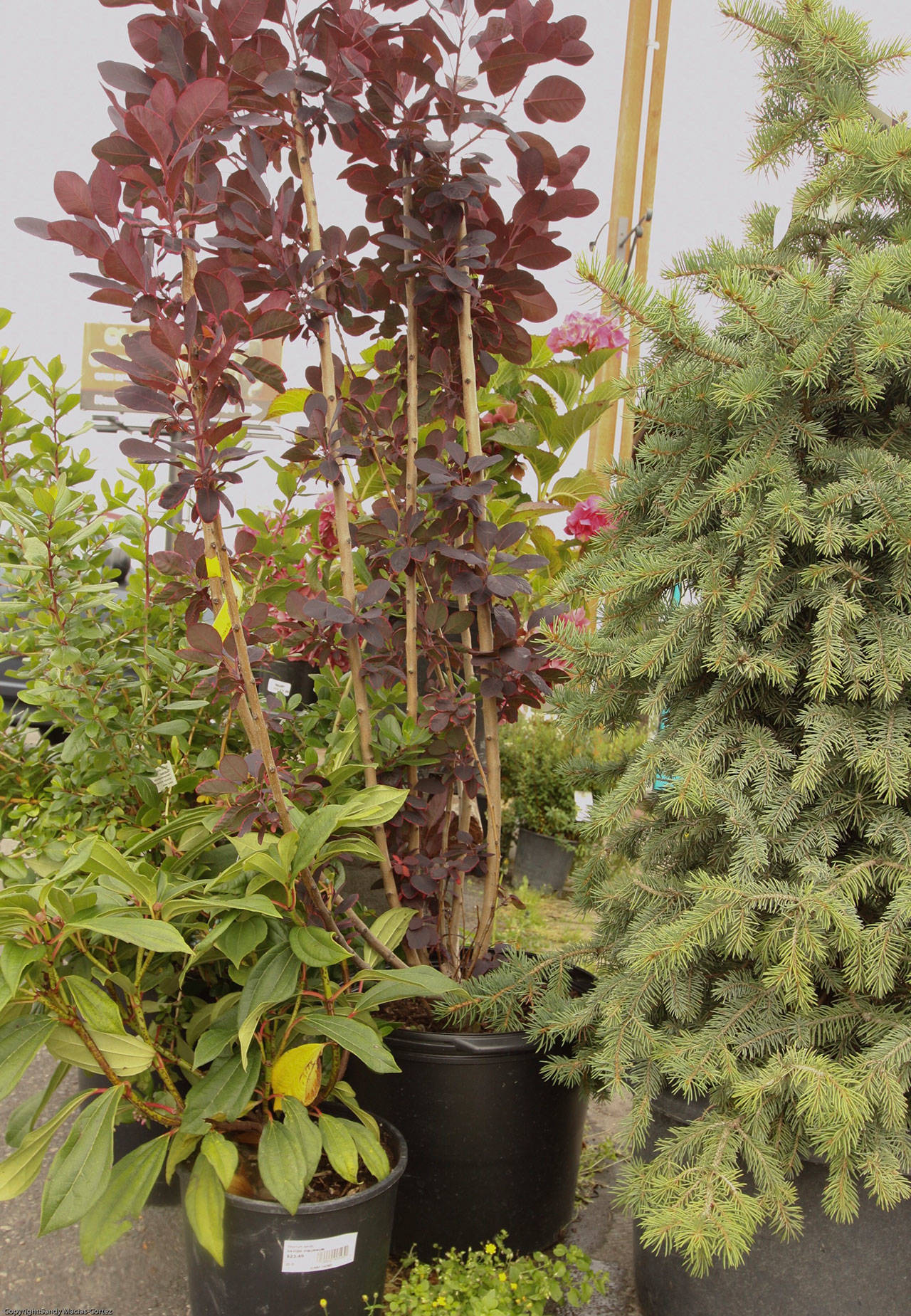Late summer, while the past season is still visible, is a good time to evaluate your garden, allowing you to see areas that may need additional shrubs, trees or perennials. Plan now to purchase, prepare and plant this fall.
Fall is a great time of year to plant on the Olympic Peninsula; it’s dry enough to work in the garden and the coming winter rains will help nourish the plants. Late August may be a good time to purchase perennials, shrubs and trees for fall planting.
In the late days of summer you can get some good buys, but wait for cooler weather to plant. Once purchased, make sure they are well watered and protected from harsh conditions.
Fall planting takes advantage of a plant’s dormant period when energy is available for root development. Water is plentiful and when spring finally arrives, and the air and ground temperatures increase, the roots can begin to feed the foliage.
Purchasing the right tree, shrub or perennial for your location is the first key to success. Consider what size and shape these plants will be in five to 10 years and have a plan to allow for growth. A local nursery can provide ideas and advice on varieties that are compatible with the local climate and your specific site.
Whether you are planting a perennial, bare-root tree, potted shrub or a balled and burlap-wrapped tree, preparation is much the same. Dig a hole that is only as deep as the height of the root ball. The hole depth should be shallow enough so that the root crown (i.e., the point where the trunk thickens and meets the roots) remains at ground level when planting is complete and the ground has settled around the roots.
The width of the hole should be two times as wide as the diameter of the root ball for perennials, even wider (three times if possible) for a tree or large shrub. In heavy soil, loosen up the edges of the planting hole.
Evidence suggests that plants do better when planted in native soil (s3.wp.wsu.edu/uploads/sites/403/2015/03/soil-amendments.pdf). Amending the soil can be helpful initially but can lead to problems with water movement, girdling and sinkage as the plant grows.
If soil is excessively sandy, compacted or infertile, it would be best to add all new top soil to the planting bed.
Well-rooted
Plants are all about roots! It’s important to protect the roots by supporting the root ball while moving a plant. This is particularly important for a balled and burlap-wrapped tree, avoid handling by the trunk. Make sure all plants are well watered before planting.
If you are planting a bare-root tree, gently spread the roots being careful not to break them; cut away any severely damaged roots. Identify the location of the root crown and make sure it is not below ground level.
For potted plants, examine the roots. If root-bound, gently loosen the roots so that they can grow out. Cut through any roots that have grown in a tight circle around the root ball. A circling root mass can greatly reduce the performance of the plant.
If planting a balled and burlap tree, remove any string, tape or plastic and as much of the burlap as possible without damaging the roots.
Once placed, view the plant from all directions to make sure it is straight. Fill the hole with about one half of the back-fill followed by water, and let settle. Add the remainder of the soil making sure to eliminate air pockets by gently firming and then watering.
Cover the soil with 2-3 inches of mulch, keeping the mulch a few inches away from the base of the plant. Most new plants require about an inch of water per week for the first two to three years until established.
Continue to water during the winter, as needed, unless the ground has frozen.
Do not fertilize plants in fall. It can result in new growth that is susceptible to winter damage.
Most trees will develop stronger root systems when they are not staked. However, weak trees or those in extremely windy areas may need added support.
Use two stakes, placed opposite, outside of the root ball, and secure with wide straps or hose to avoid harming the bark of tree. Allow the tree to sway two inches to either side.
Plant this fall and sit back and enjoy come spring!
Susan Kalmar is a Clallam County Master Gardener.



